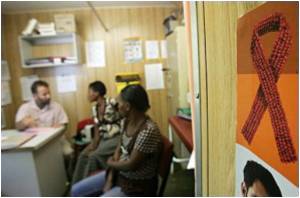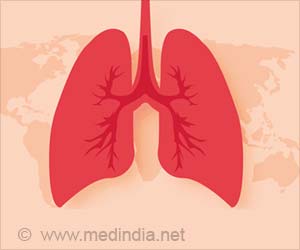
One group of compounds under study at JIC are naphthoquinones, originally extracted from plants including the toothbrush tree, Euclea natalensis.
Two billion people are currently infected with TB and three million die every year. TB causes more deaths than any other infectious disease. Rates are increasing, especially in sub-Saharan Africa, where people with HIV are particularly vulnerable. It is also associated with intravenous drug use and increased rates may be linked to immigration.
“The bacterium is difficult to get at,” said Professor Maxwell. “It is slow growing, spends a lot of time hidden in cells before it makes itself known, and has very tough cell walls of its own.”
Treatment is relatively long term, requiring a drug regime over four to six months. Non-compliance is a problem, exacerbating the challenge caused by resistant strains.
“Drug discovery research for tuberculosis is dependent on academic labs and no single lab can do it”, said Professor Maxwell.
Advertisement
“Finding new antibiotics that work is only the first step,” warns Professor Maxwell.
Advertisement
Source-Medindia










